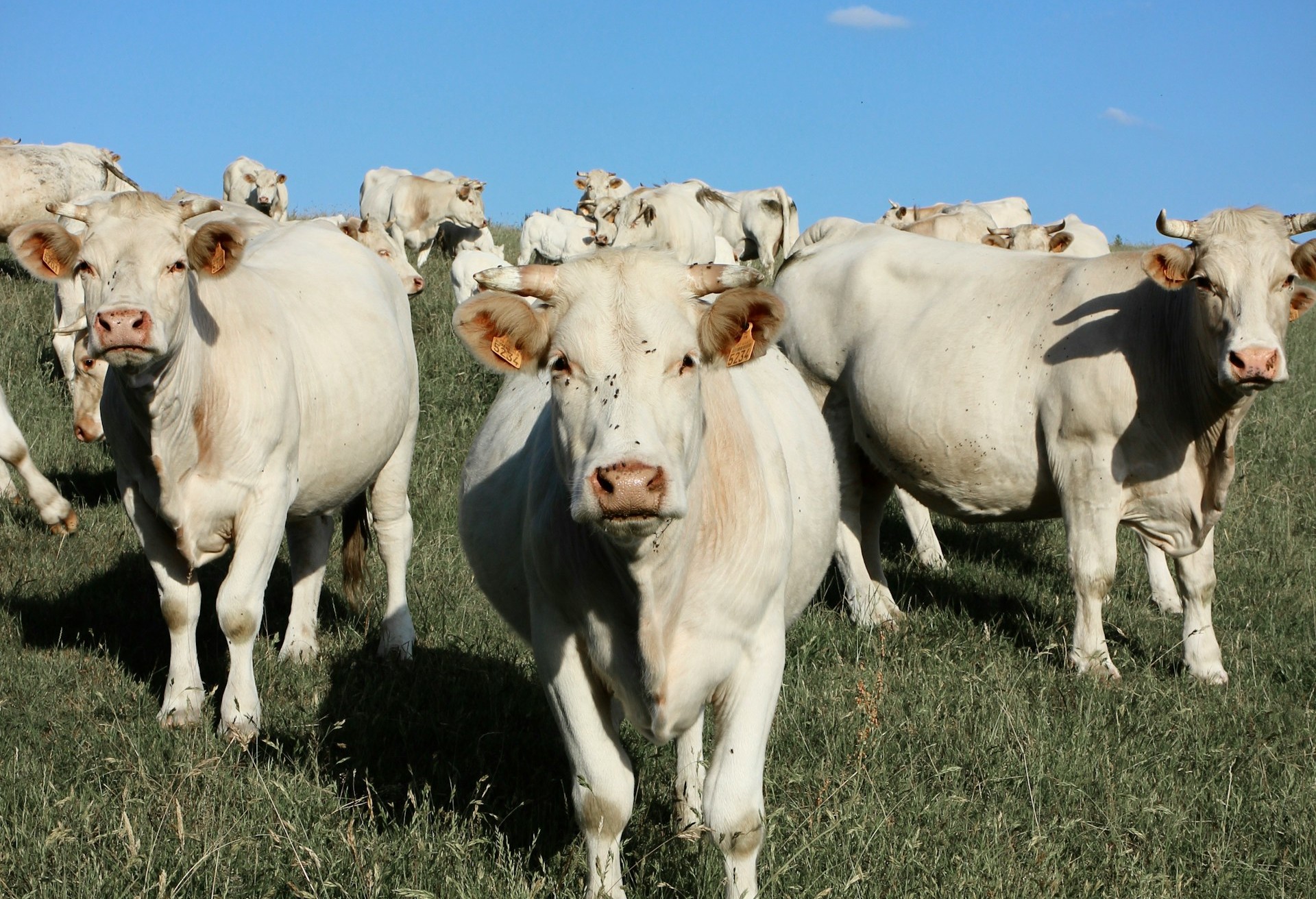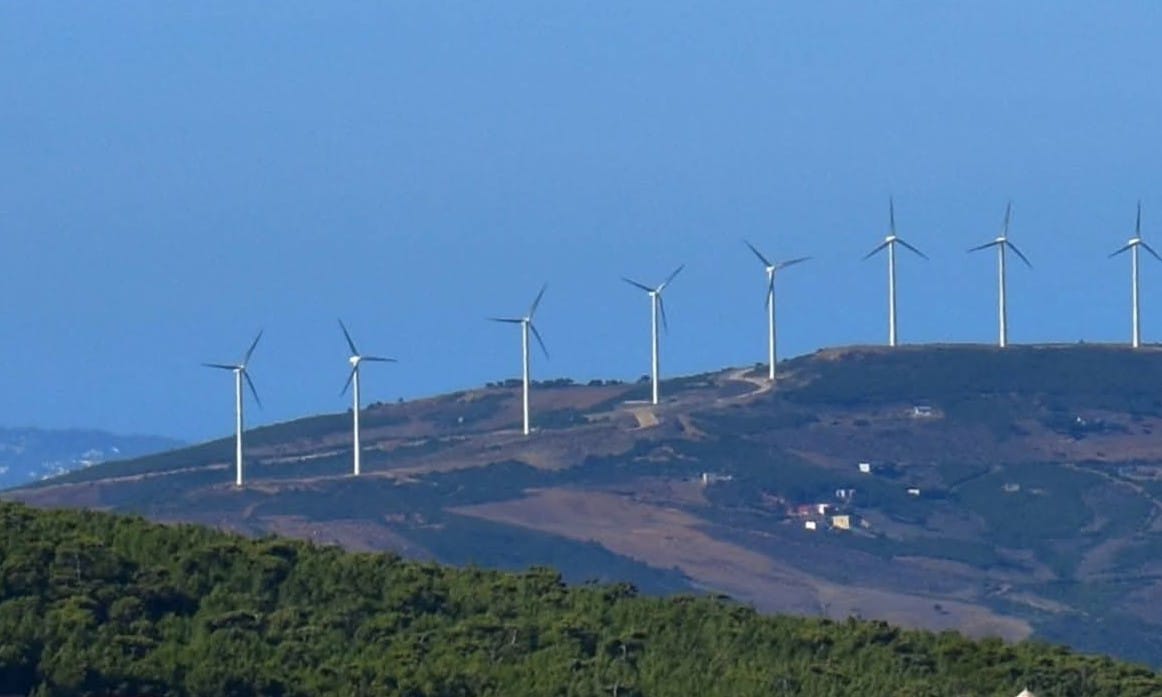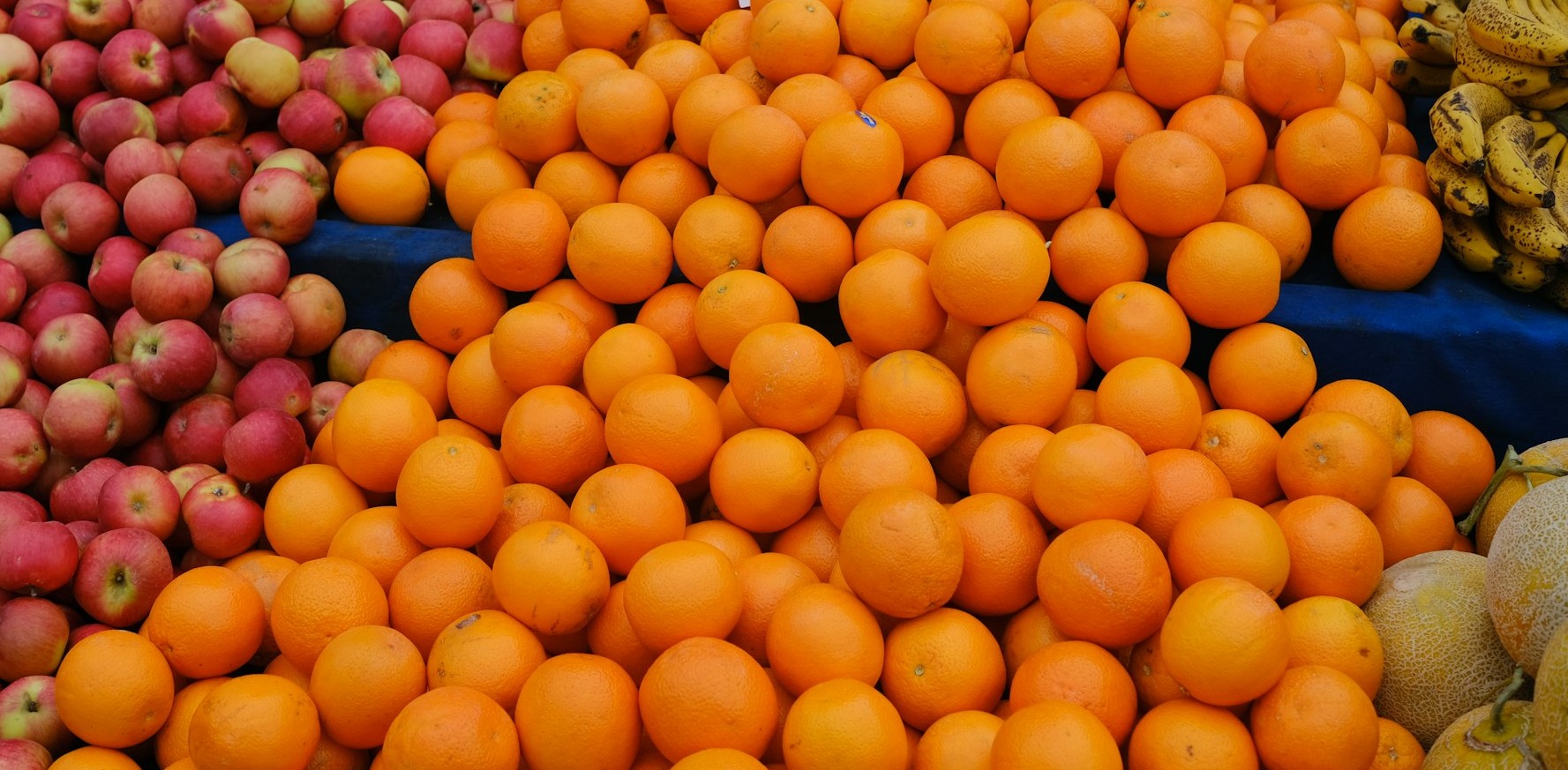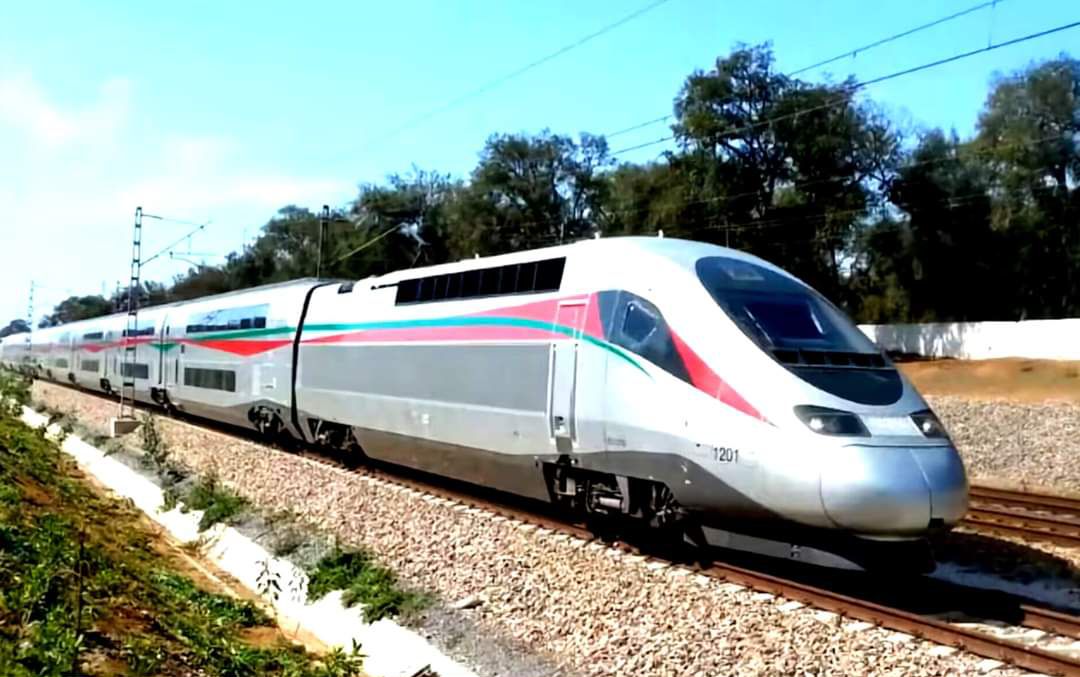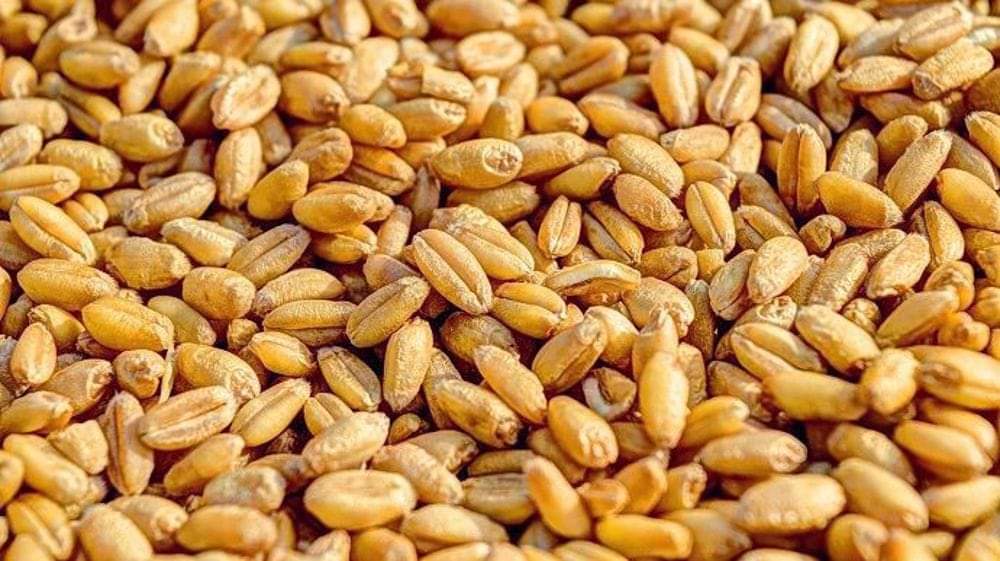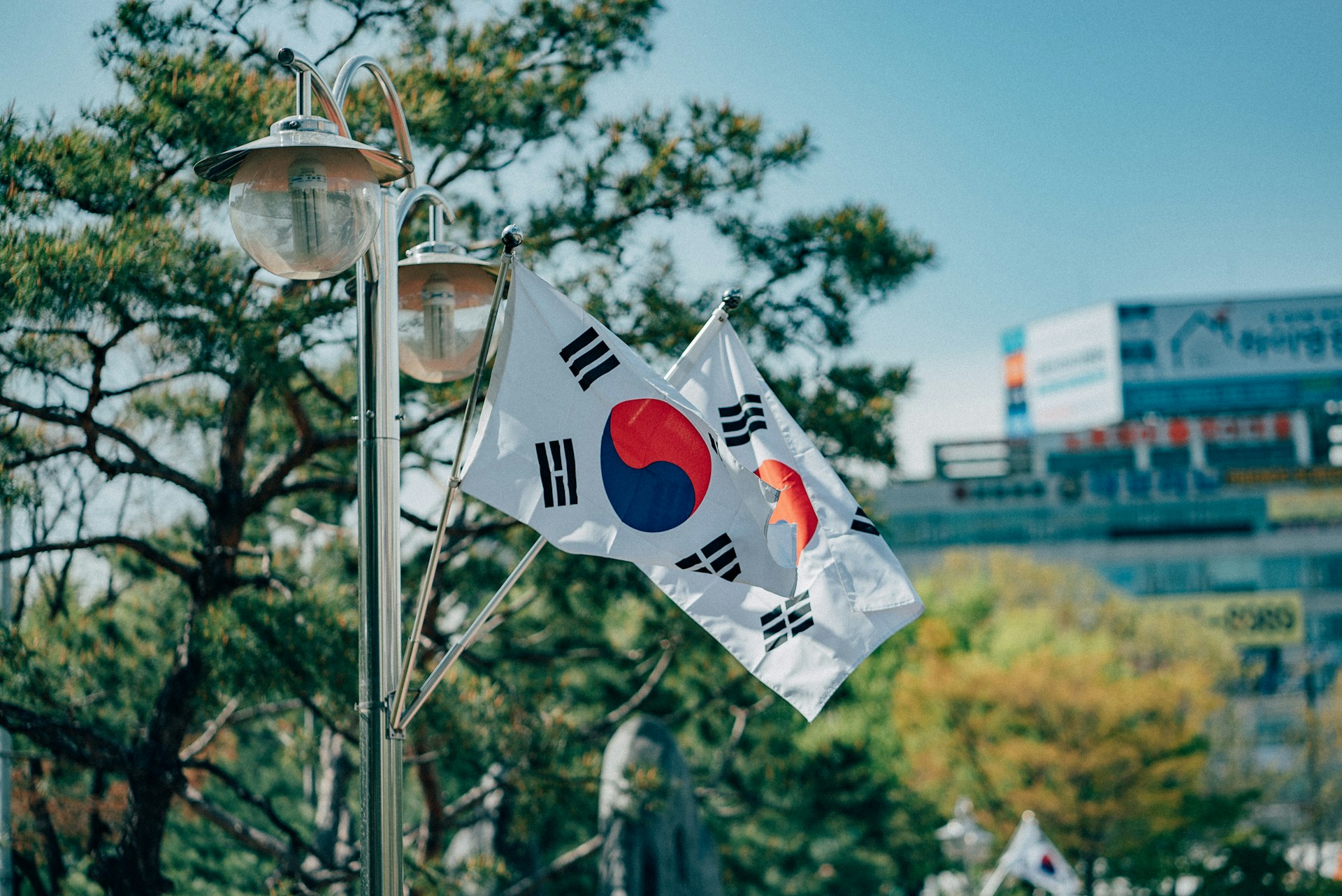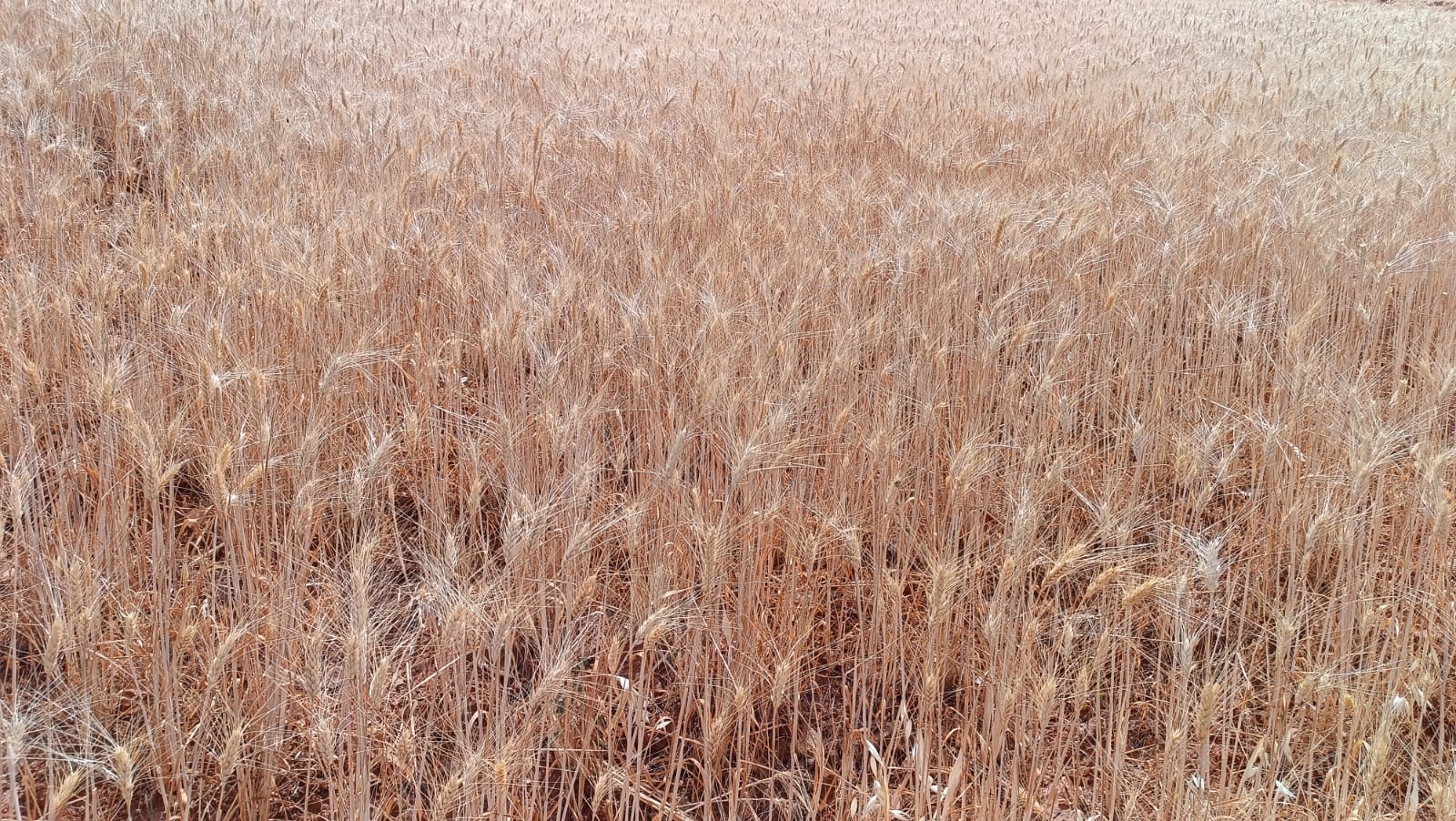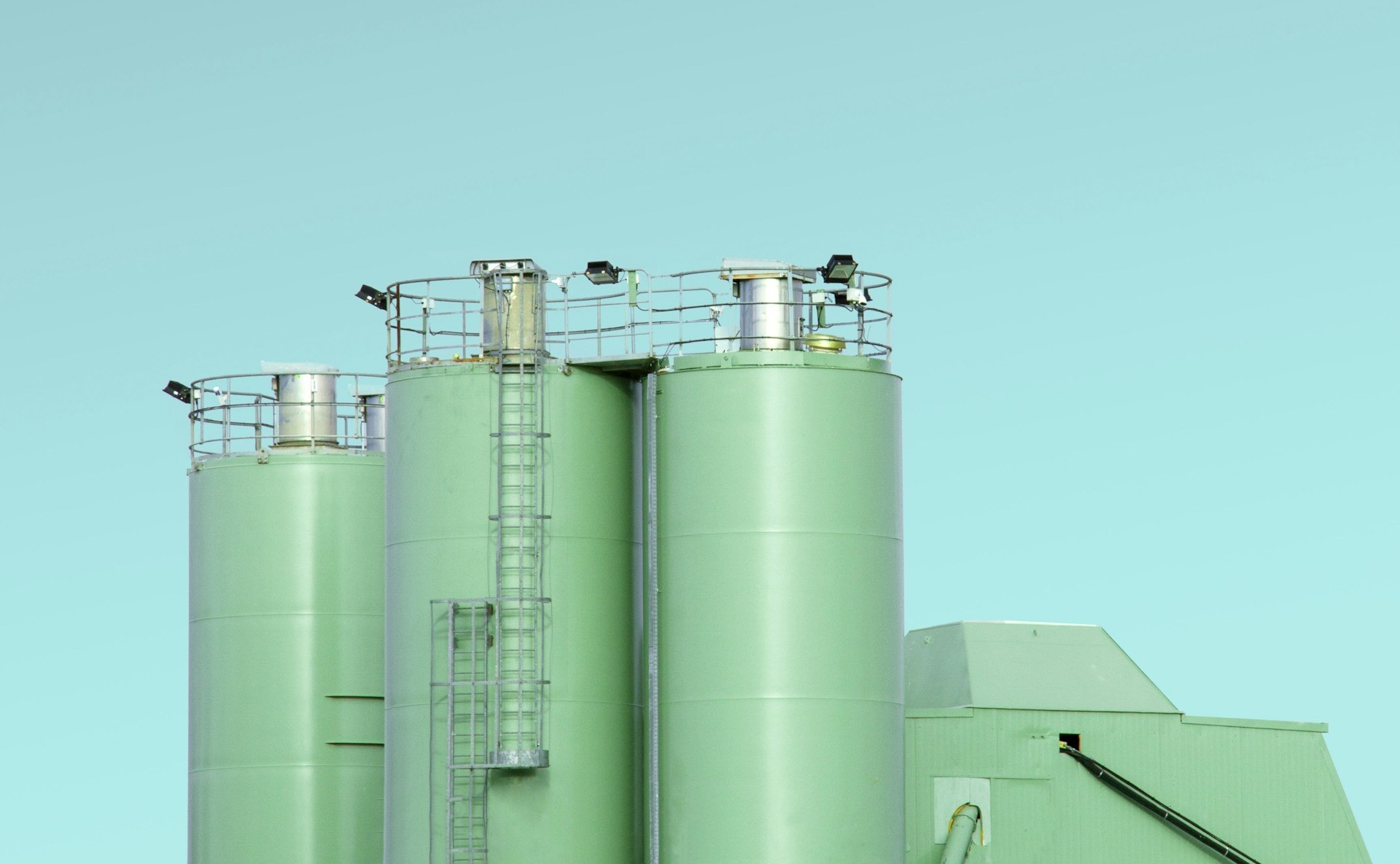Casablanca – Morocco’s fruit exports to Russia are soaring, underpinned by advanced agricultural techniques, rising quality standards, and expanding trade diversification. From January 1 to August 8, 2025, Morocco firmly reinforced its role among Russia’s top fruit suppliers. According to Rosselkhoznadzor, the Russian agricultural watchdog, Moroccan shipments entered through St. Petersburg and the Leningrad region, contributing to the over 1.3 million tons of fruits and vegetables imported by Moscow from 38 countries during that period. Notably, imports rose by 8% compared to the same timeframe in 2024. Fresh fruits dominated the mix, led by more than 84,000 tonnes of bananas and almost 59,000 tonnes of tangerines—products where Morocco, along with South Africa and Egypt, featured prominently as sources.
Bananas, tangerines, lemons, clementines, apples, apricots, pineapples, avocados, and strawberries accounted for the bulk of fruit imports, reflecting Morocco’s diversified export profile. On the vegetable side, Russia acquired over 25,000 tonnes of potatoes, carrots, and garlic, mostly sourced from Belarus, Egypt, and China, with all shipments successfully cleared through stringent phytosanitary protocols.
Quality, freezing technology, and water infrastructure drive demand
The rising demand for Moroccan produce in Russia is closely tied to its superior quality, competitiveness, and compliance with strict health and environmental standards. While some competitors, such as Egypt and Iran, deliver higher volumes, Moroccan produce continues to stand out for its reliability and overall quality—an advantage that strengthens its position in the Russian market.
The introduction of Individual Quick Freezing (IQF) technology by Moroccan exporters has further boosted the country’s performance, particularly in red fruits such as strawberries and berries. By ensuring freshness and extending shelf life, these innovations have enabled Morocco to serve distant markets like Russia more effectively.
Equally important has been Morocco’s progress in water management. For years, water scarcity posed a significant obstacle to expanding agricultural production. In response, the country has invested heavily in desalination plants and modern irrigation methods, securing more stable water supplies. This has not only helped sustain domestic agriculture but also reinforced the country’s ability to expand its export footprint into new global markets.
Citrus: A powerhouse sector and global expansion
Citrus remains the backbone of Morocco’s agricultural exports. In the 2024–2025 season, citrus shipments reached nearly 597,000 tonnes—an increase of 31% from the previous year—placing Morocco among Africa’s top citrus exporters alongside South Africa and Egypt. Mandarin exports alone totaled about 436,000 tonnes, worth $369 million, between July 2024 and February 2025. For the same marketing year, mandarin production was projected at 1.1 million tonnes.
This growth stems from steady modernization efforts, including drip irrigation systems, advanced post-harvest handling, and strict quality monitoring. Diverse production regions such as Sous-Massa, Marrakech-Safi, Gharb, and Berkane, combined with Morocco’s proximity to Europe, give the country an edge in global citrus supply chains.
Bilateral trade diversification amid geopolitical shifts
Morocco’s rising prominence in Russia’s fruit imports also reflects wider geopolitical changes. Since Moscow’s rift with the European Union following the Ukraine conflict, Russia has actively diversified its supply partners. Morocco has emerged as a trusted source, thanks to years of proven export quality and compliance with regulatory requirements.
This cooperation has been expanding beyond fruits and vegetables. In the halal sector, for example, Russian regions such as Tatarstan are seeking accreditation in Morocco to increase halal exports to the Kingdom. Current exports of halal goods from Russia to Morocco stand at around $14 million and are expected to reach $15 million in 2025.
At the same time, Morocco has been importing more Russian agricultural goods, particularly grain and oilseeds. Between January and April 2025, Russia shipped about 8,000 tonnes of rapeseed oil and 1,400 tonnes of rapeseed and soybean meal to Morocco. Overall, Russian fats and oils exports to Morocco during this period totaled roughly 85,000 tonnes, with the Moroccan market estimated to represent $350 million in potential demand.
Strategic outlook and future potential
Morocco’s agricultural sector continues to receive support from international organizations such as the FAO and the EBRD, which are helping the country strengthen sustainability measures and open new trade routes in markets such as Southeast Asia. These efforts, combined with government-backed water management strategies and modern farming practices, are laying the foundation for sustainable long-term growth.
Agriculture employs around 40% of Morocco’s workforce and contributes significantly to the national economy. The country is ranked among the world’s leading producers of tangerines, tomatoes, oranges, and olives. Expanding exports to markets like Russia not only diversifies Morocco’s trade portfolio but also reinforces its role as a global agrifood supplier.
Morocco’s leadership in supplying fruits to Russia in 2025 is the result of years of innovation, investment, and adaptation. By focusing on quality, adopting advanced freezing technology, and addressing water scarcity challenges, the country has positioned itself as a dependable partner in the Russian market. As trade ties deepen and new export frontiers open, Morocco’s agricultural sector is poised for continued growth and stronger global influence.

